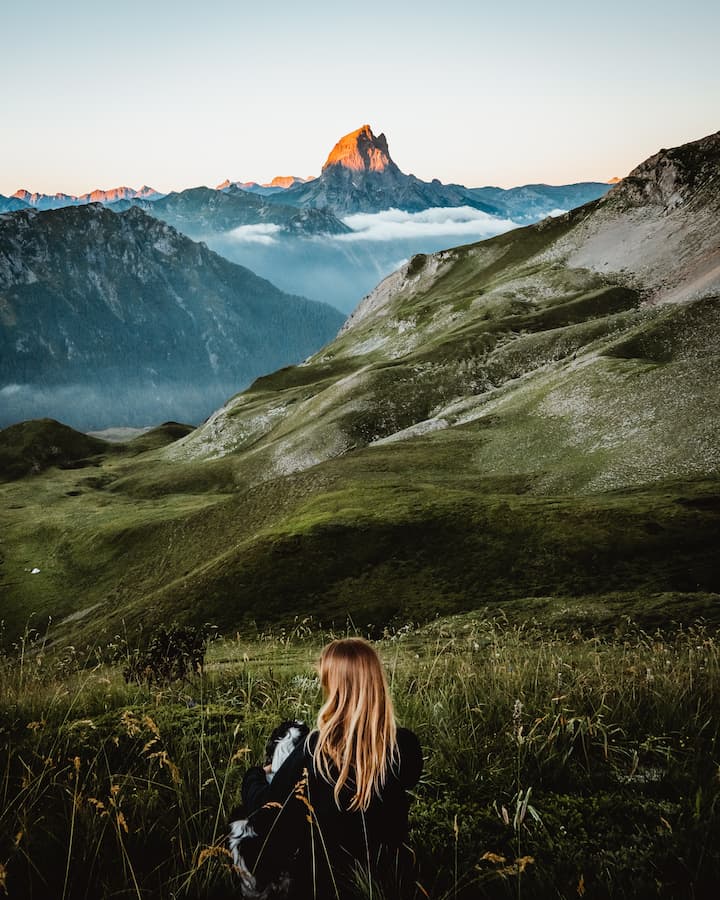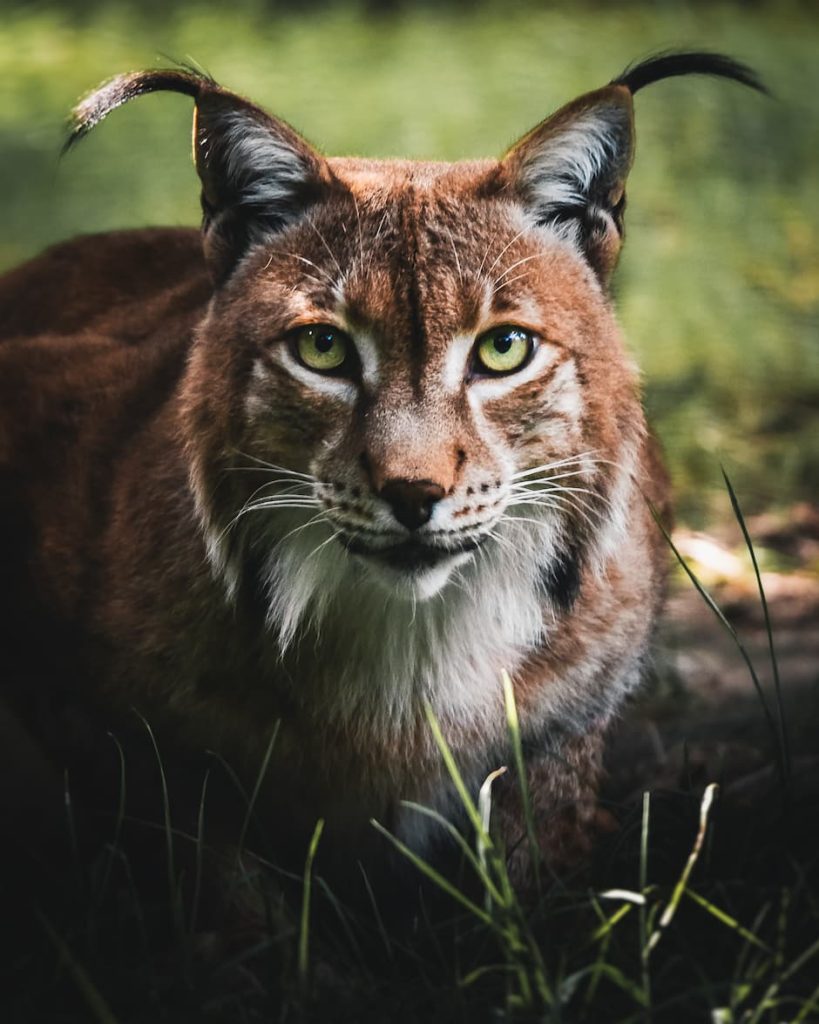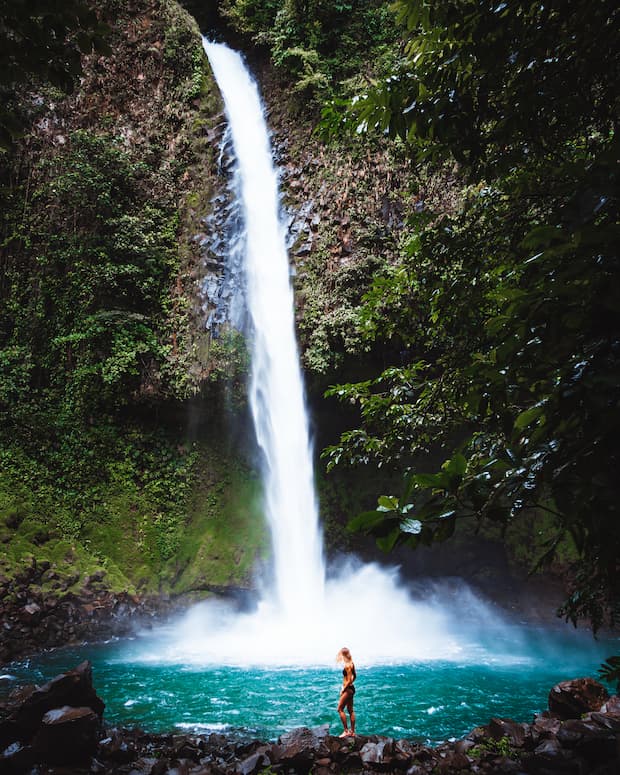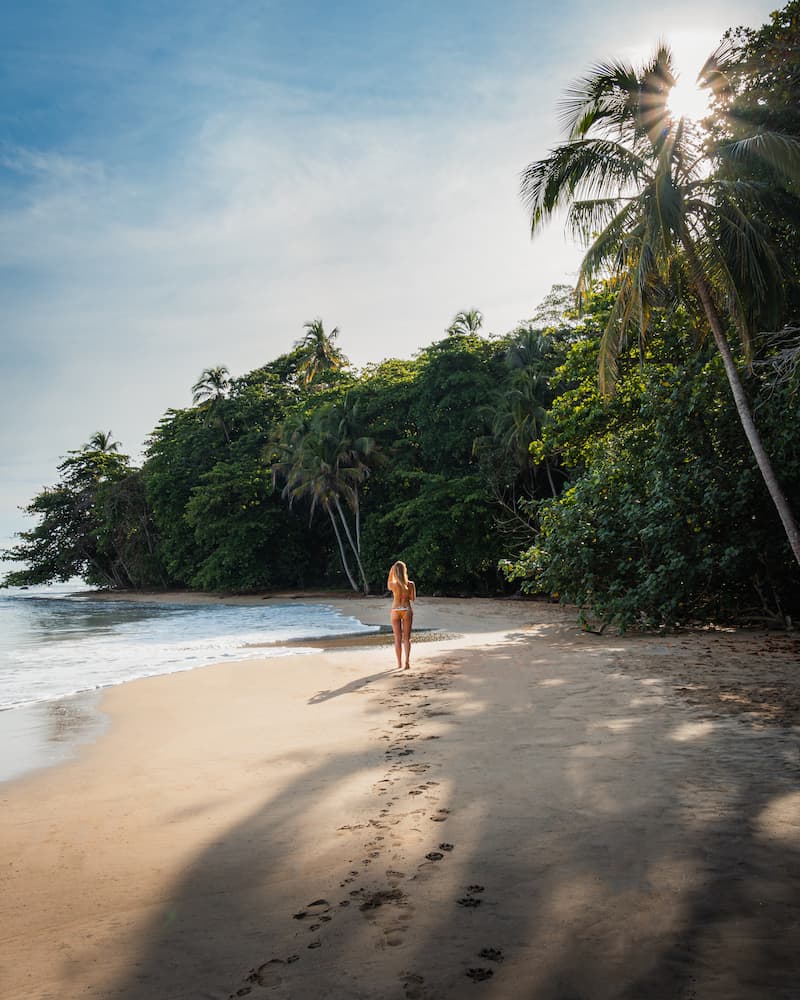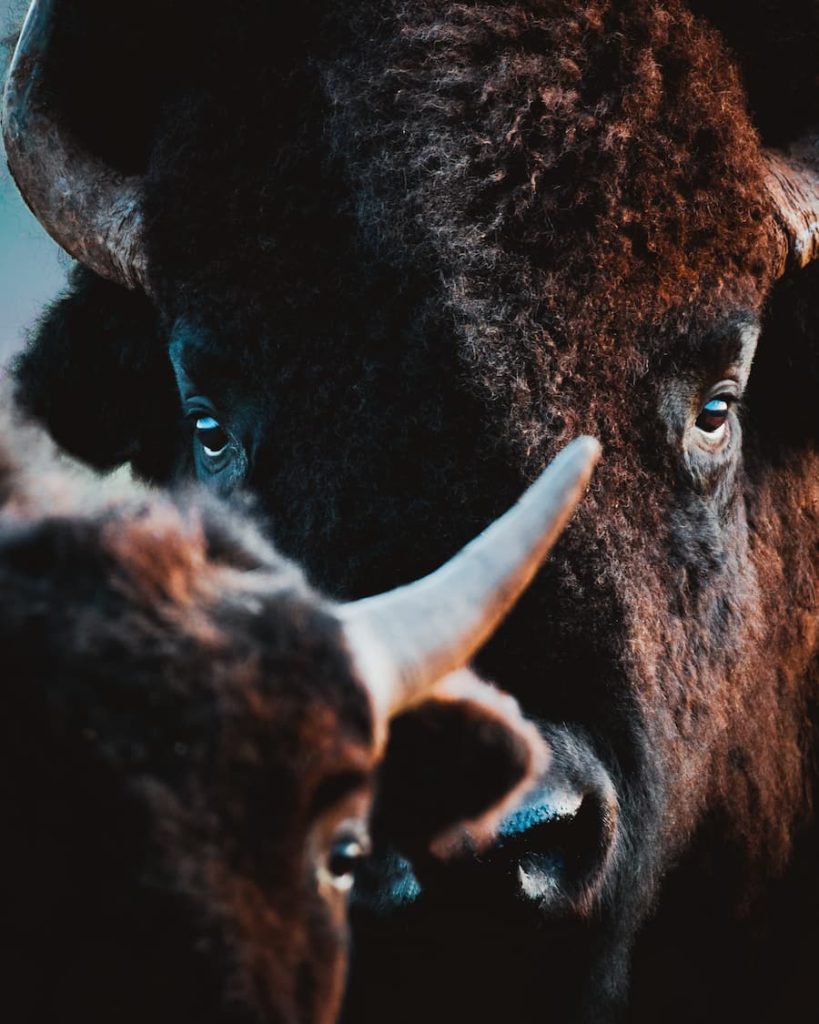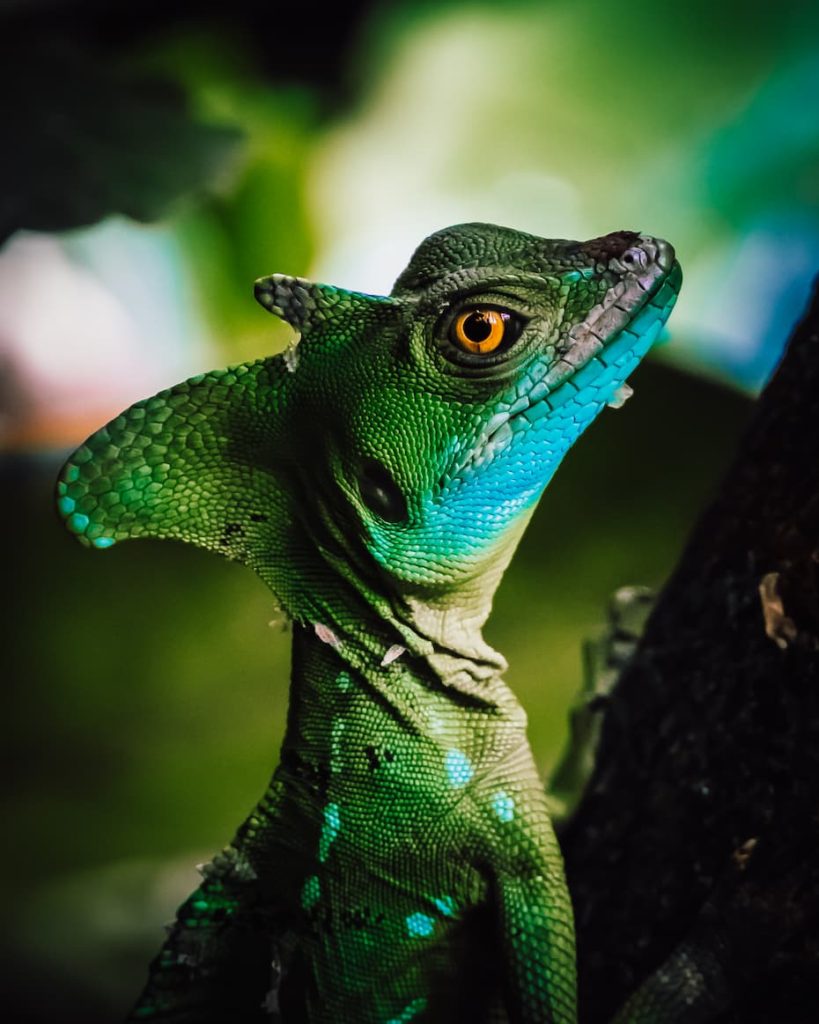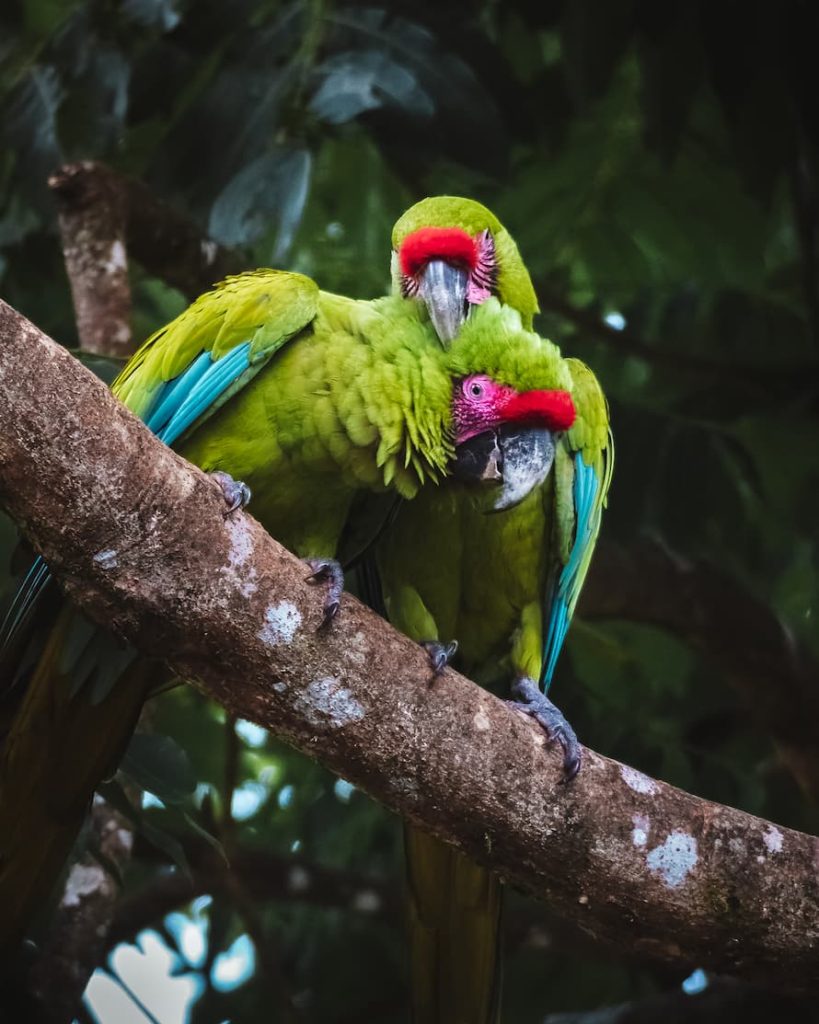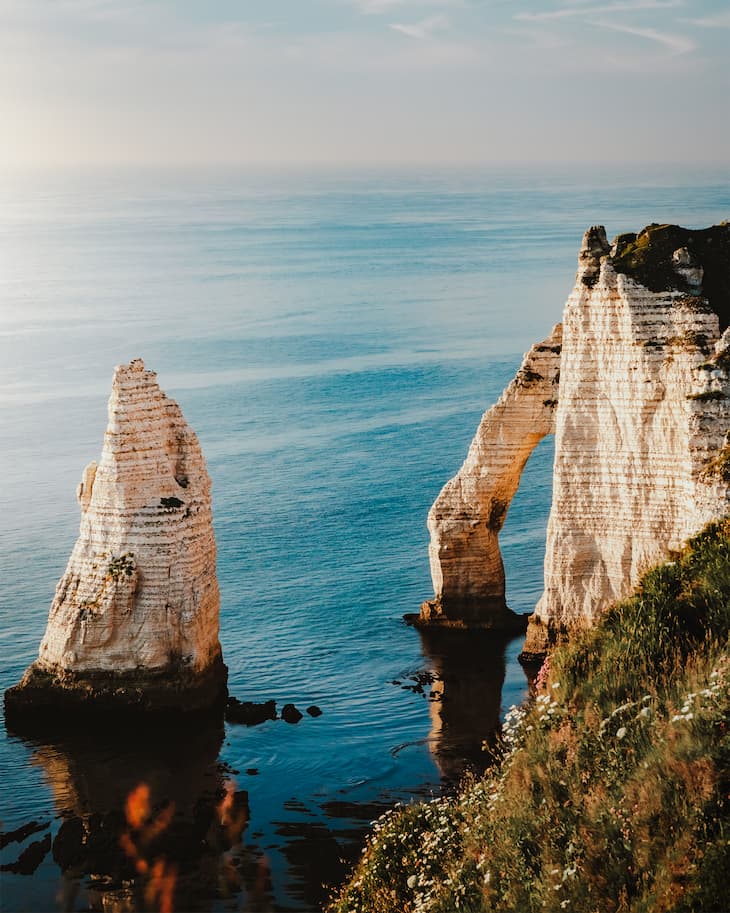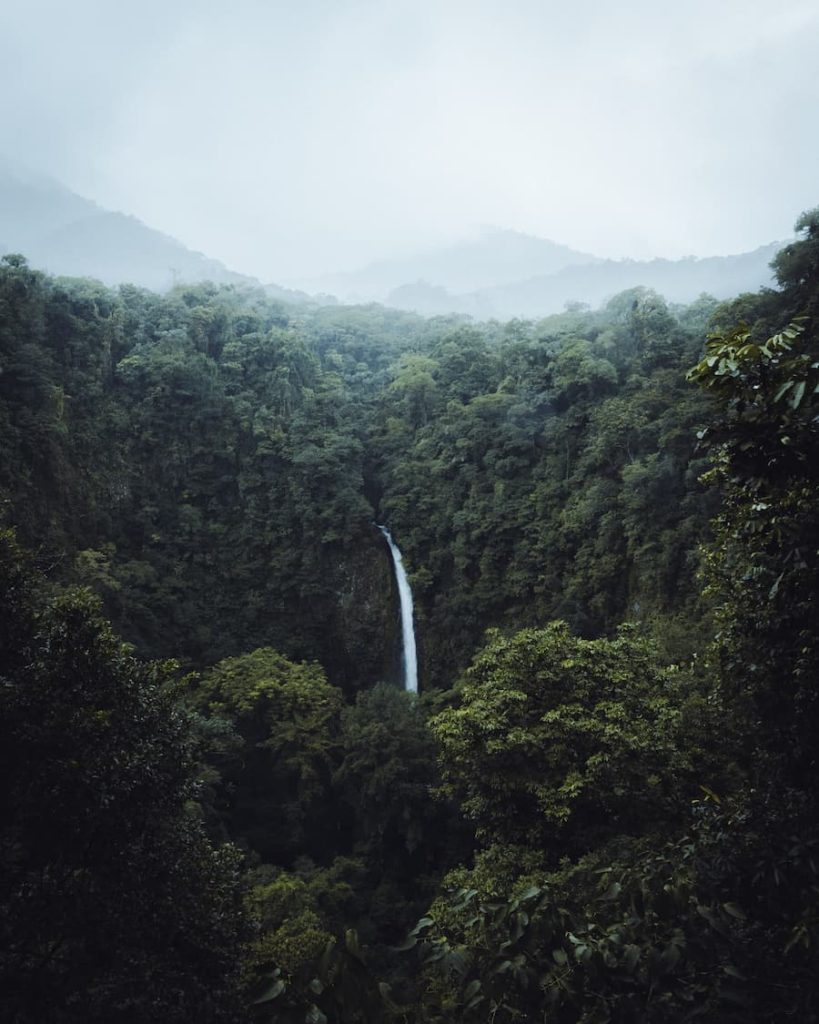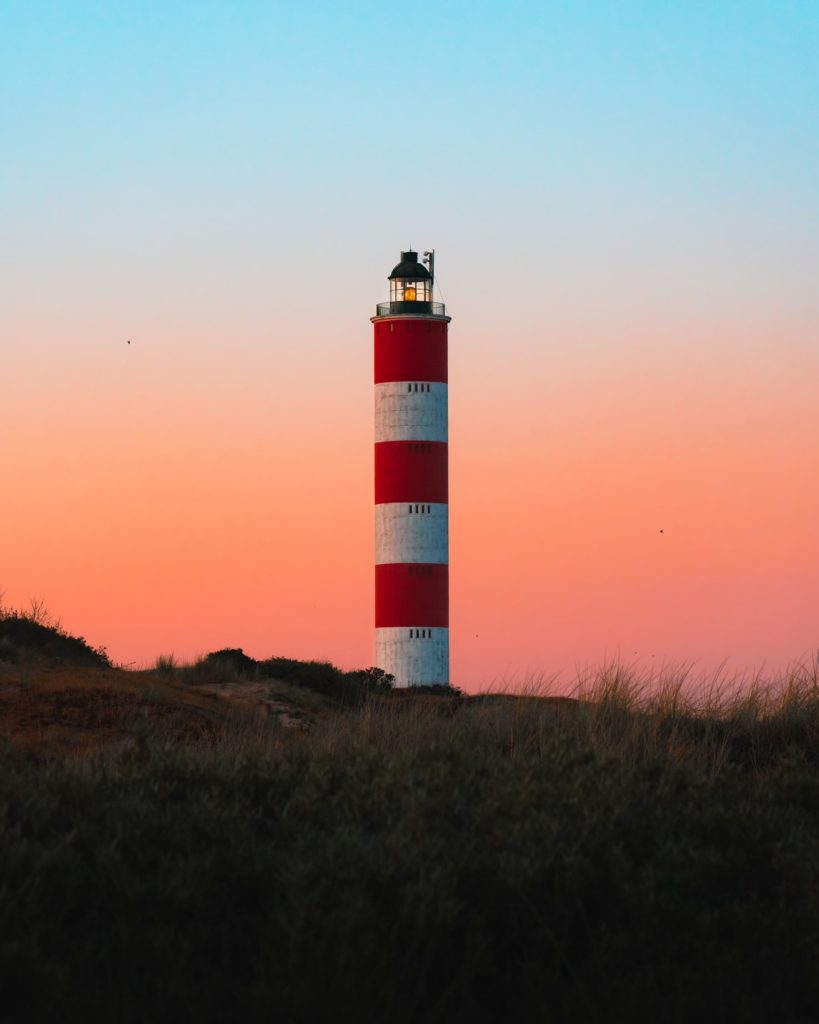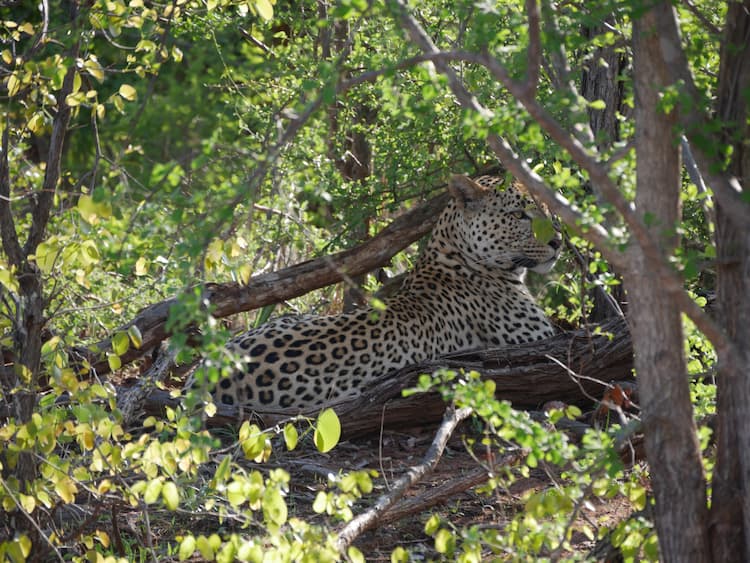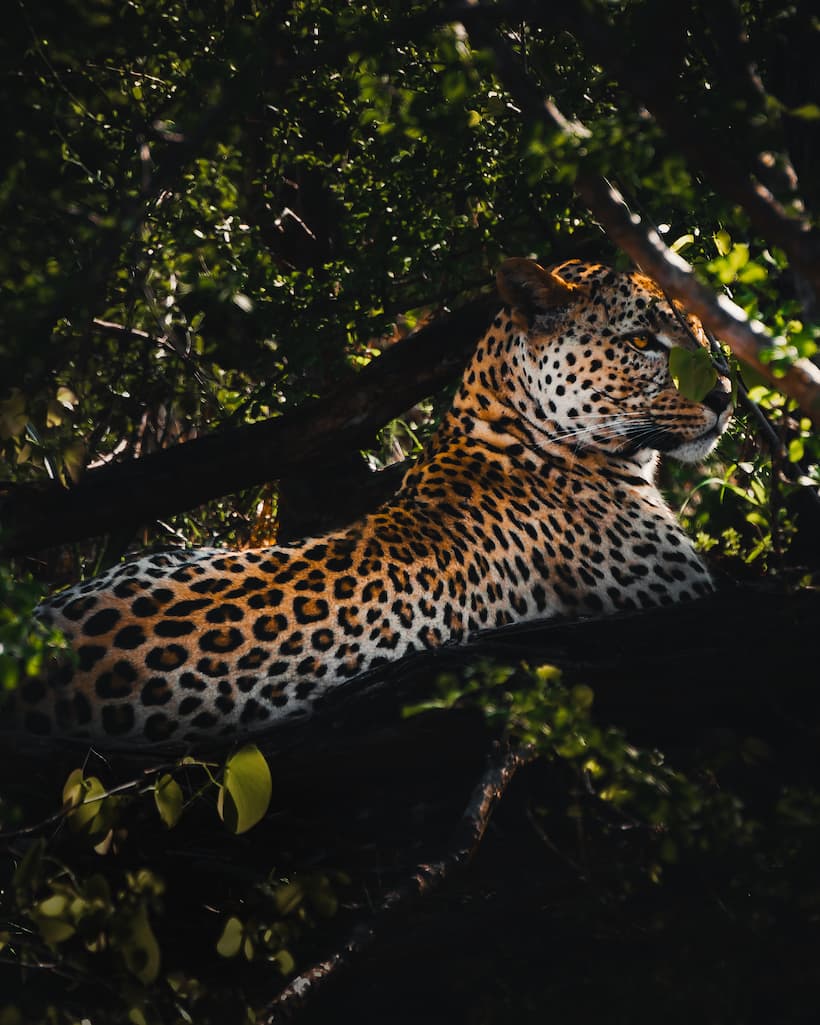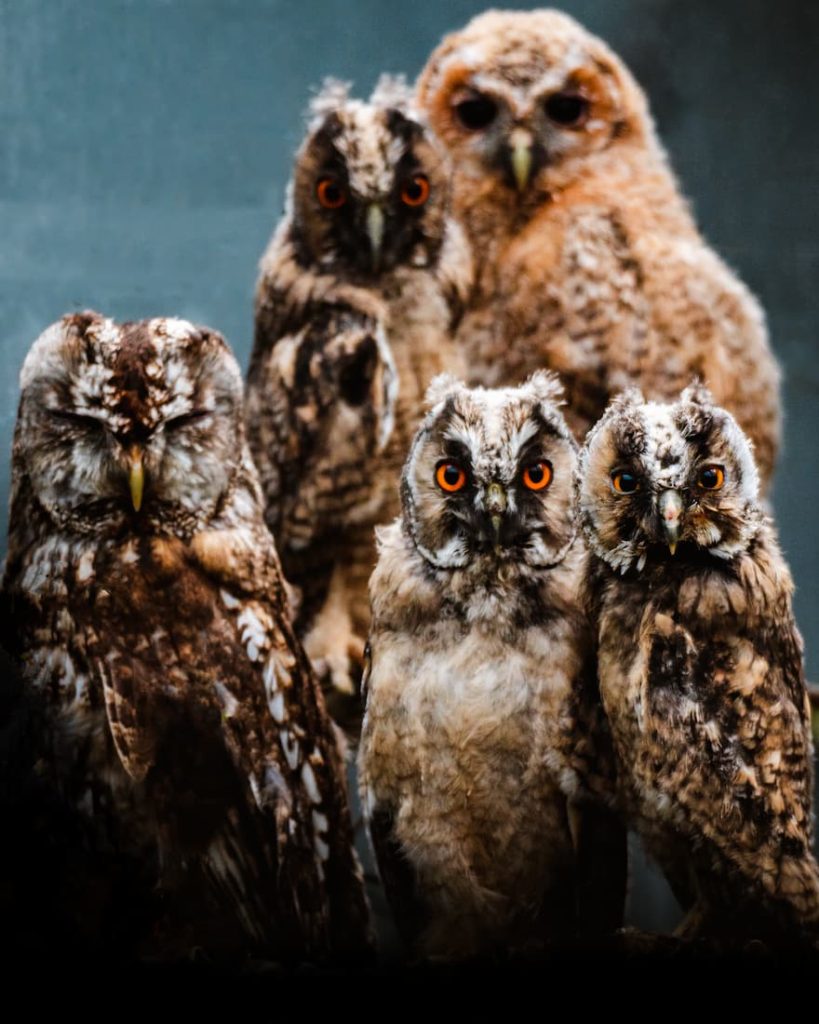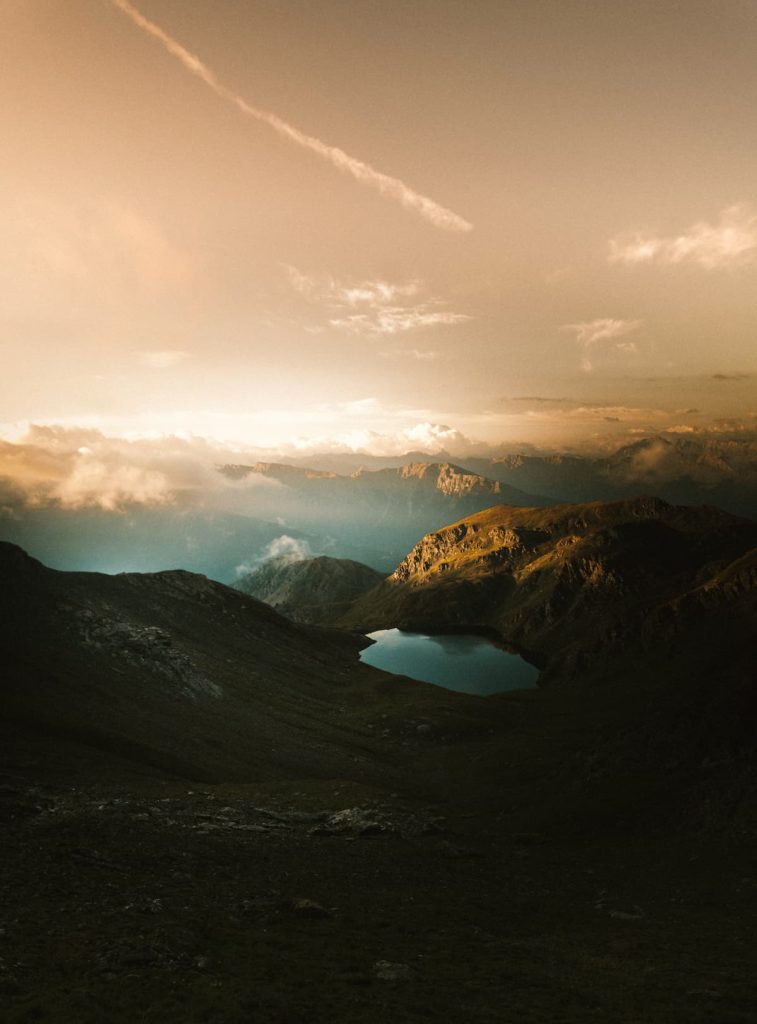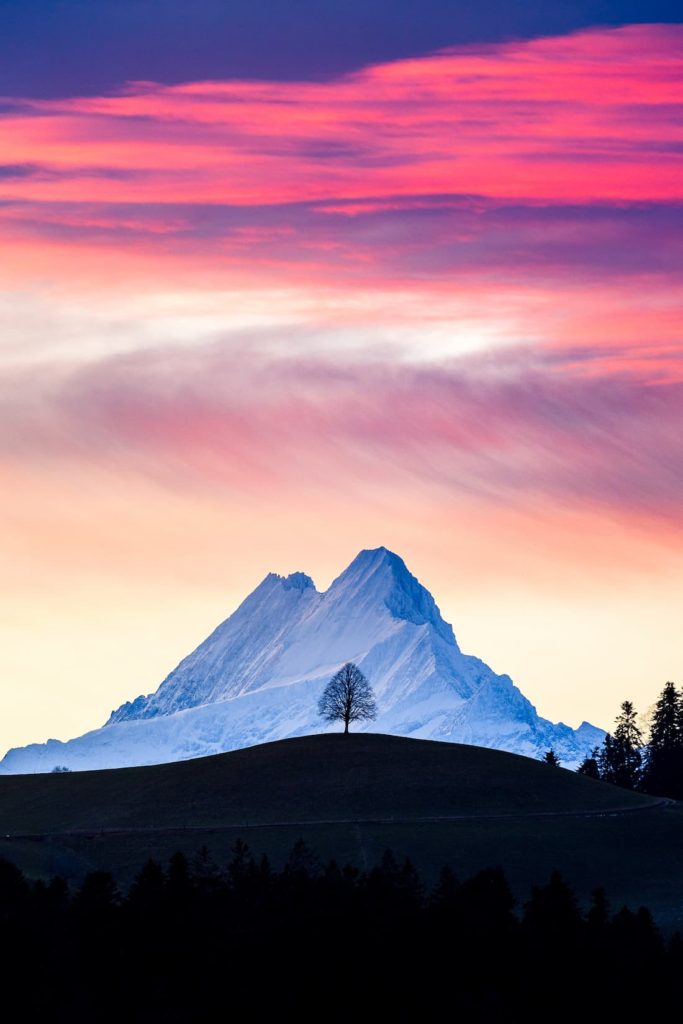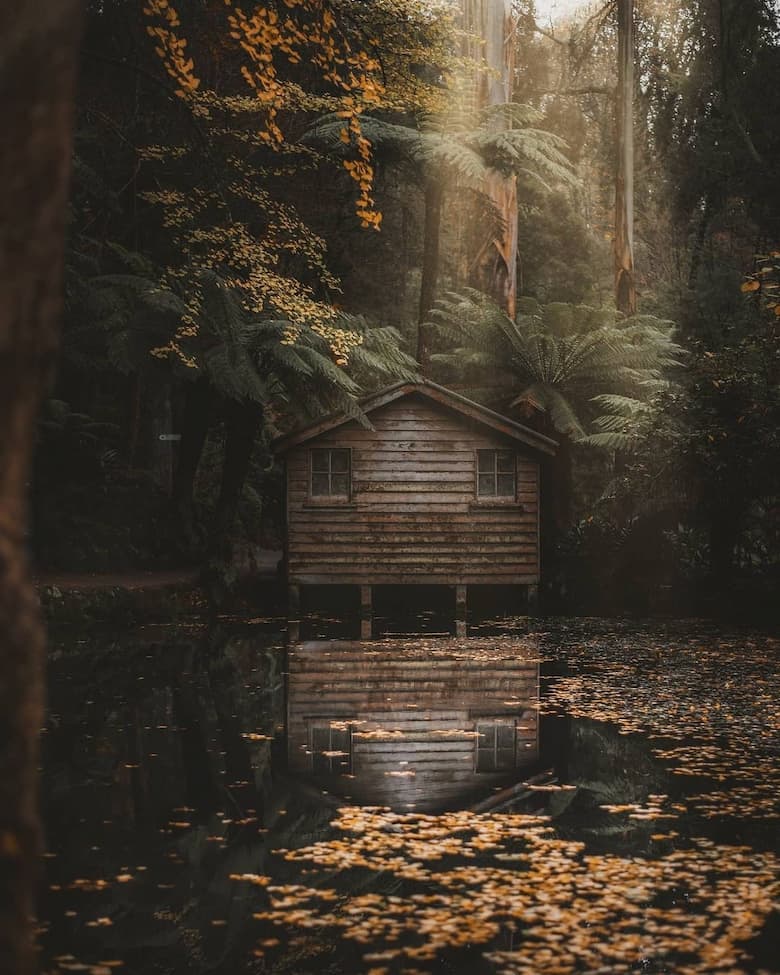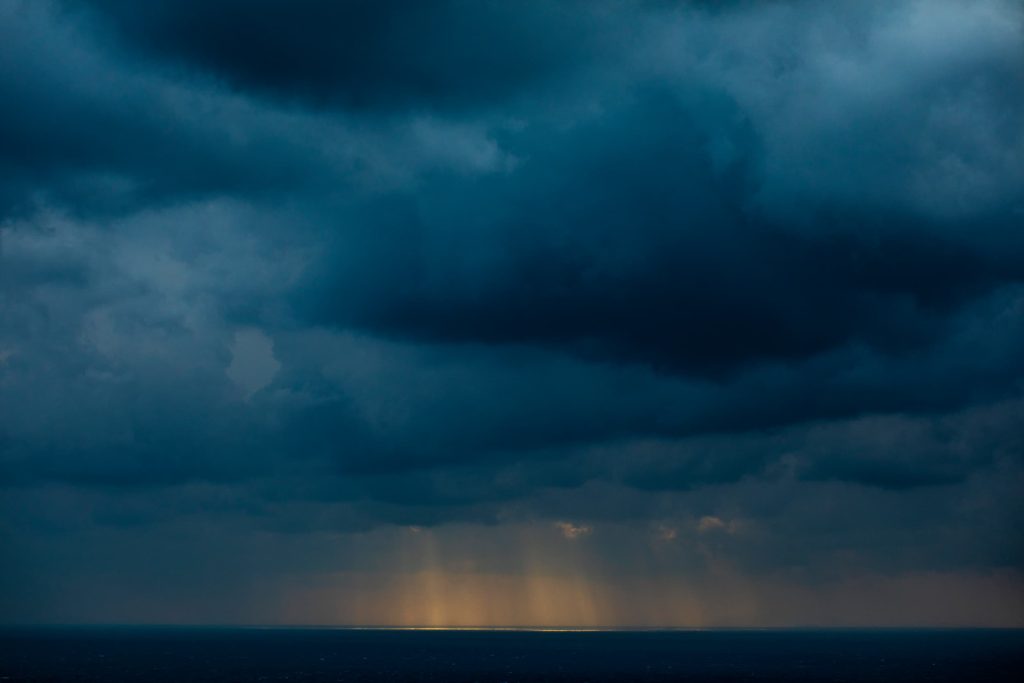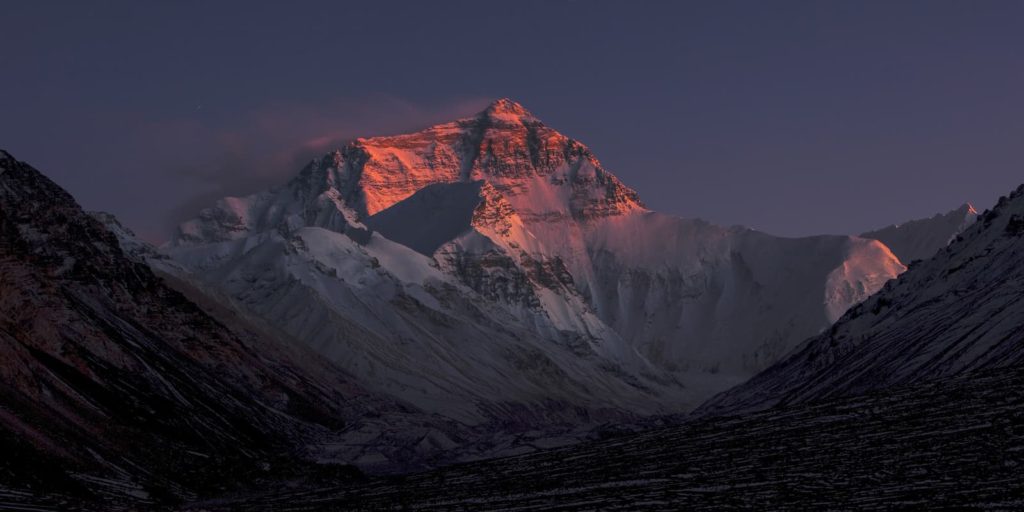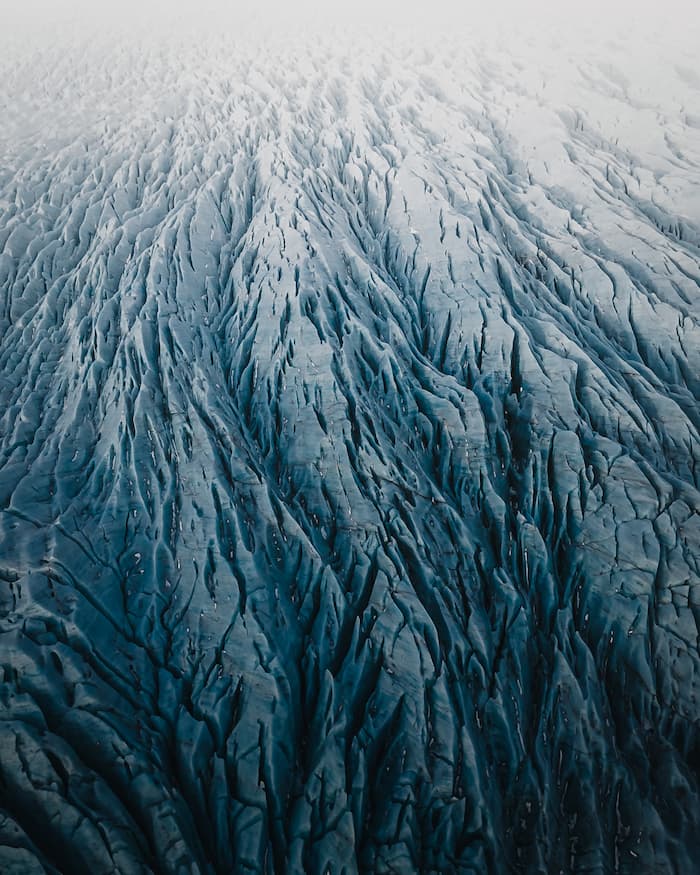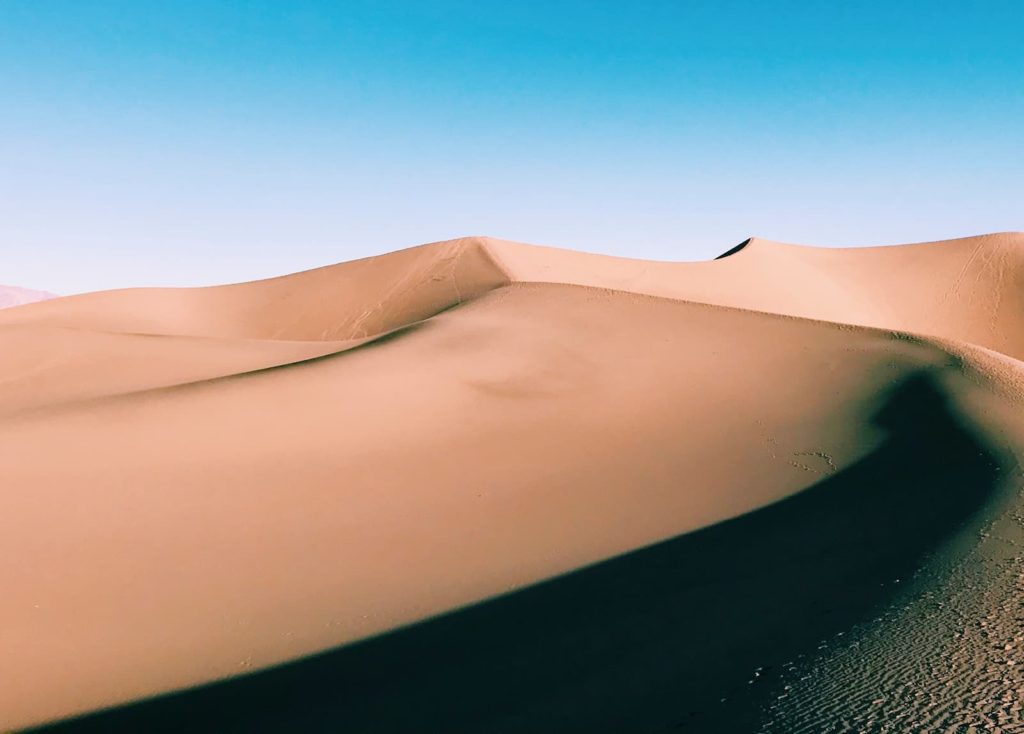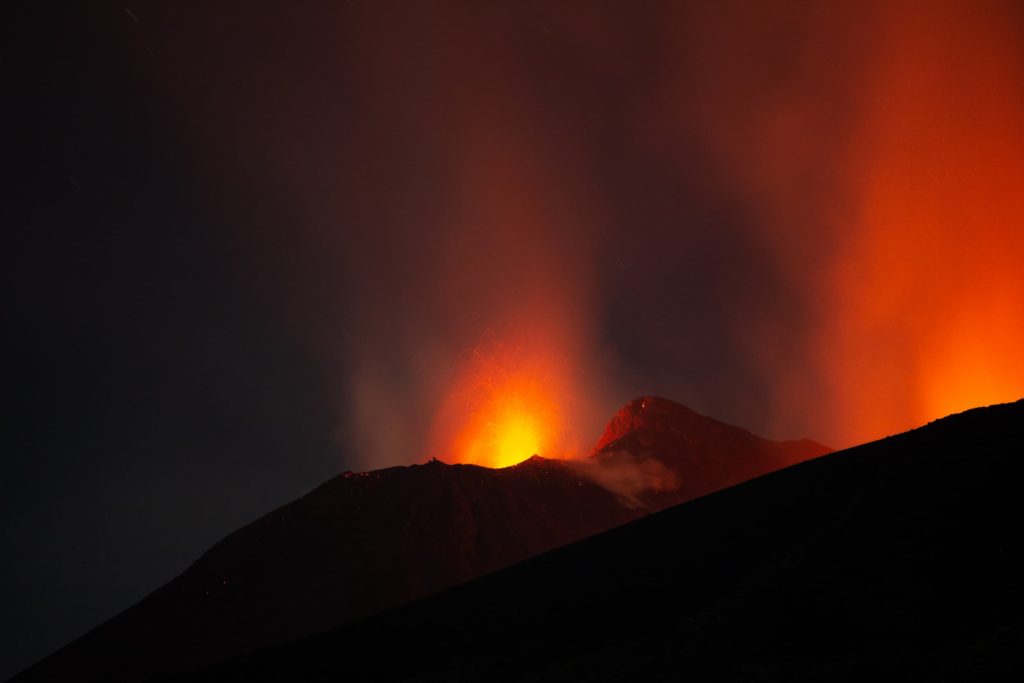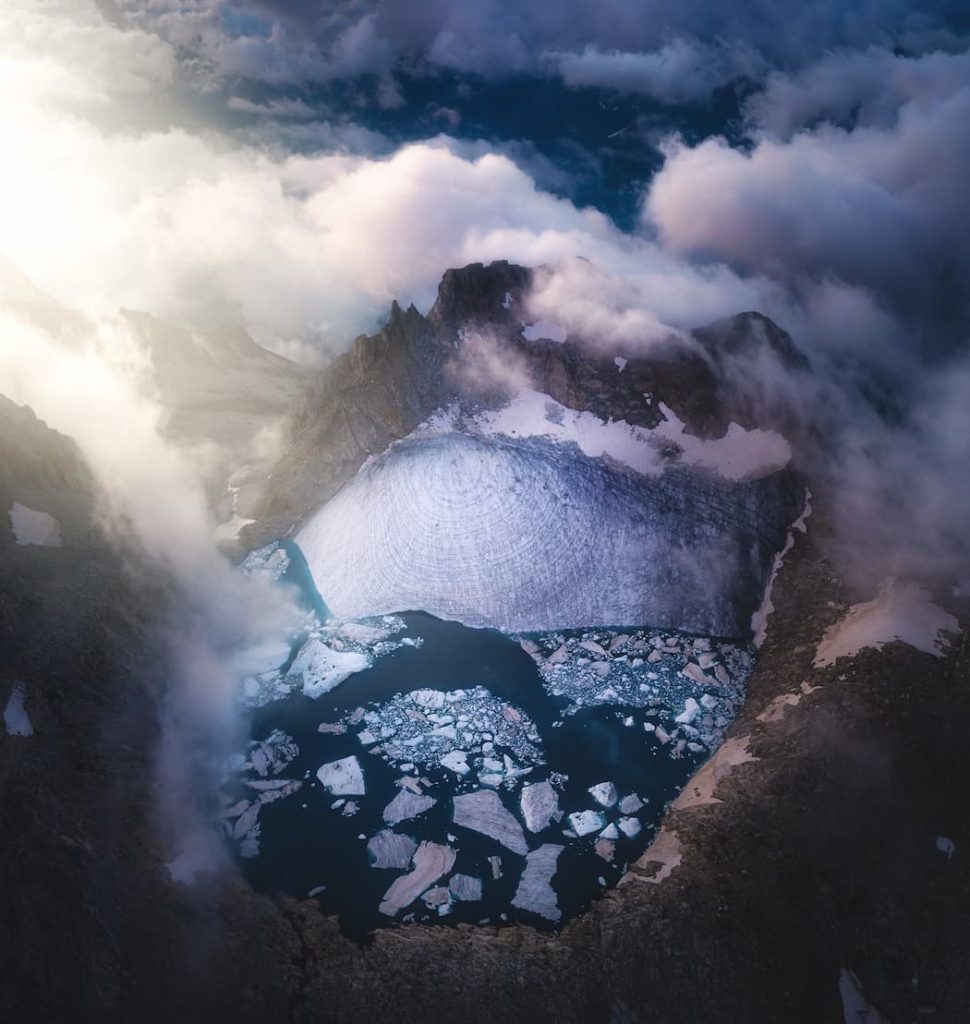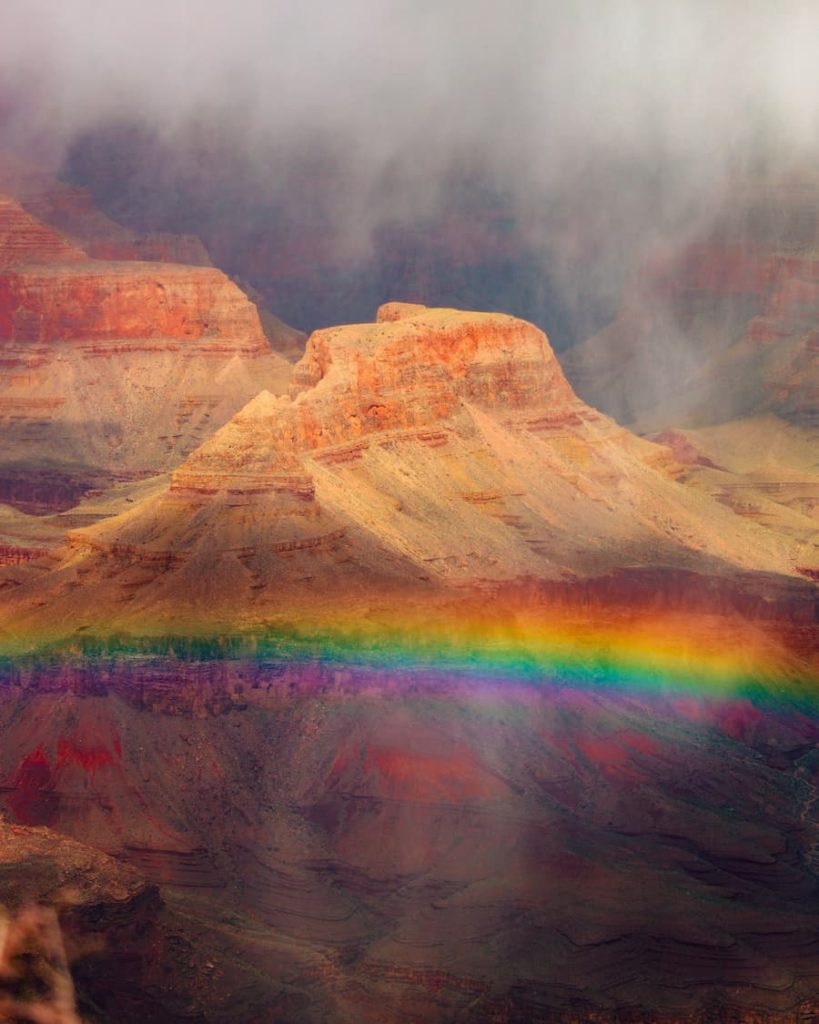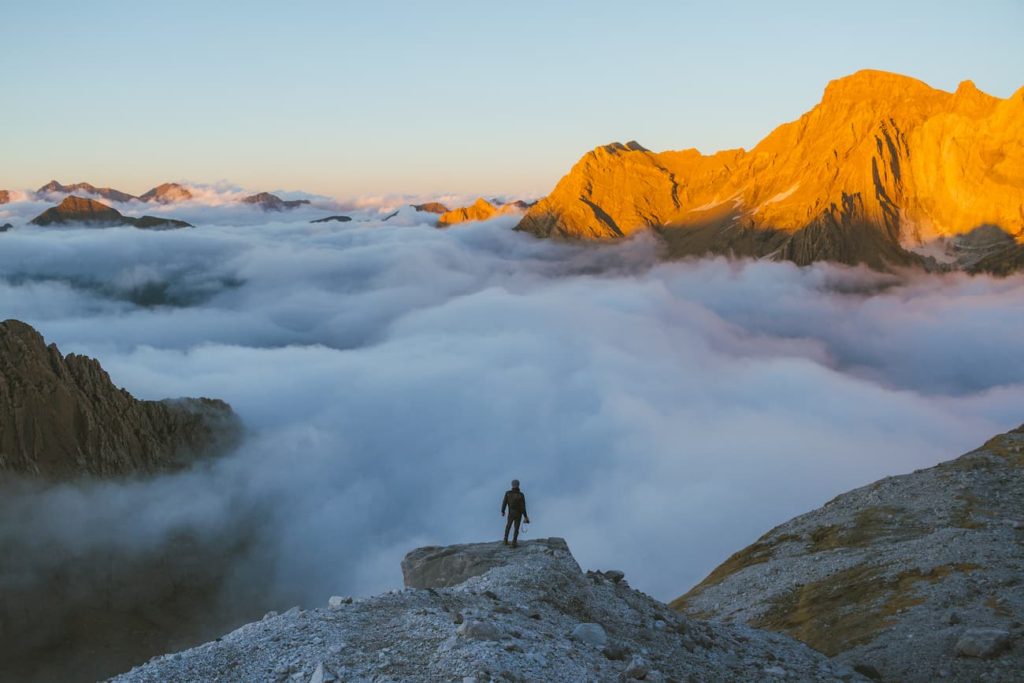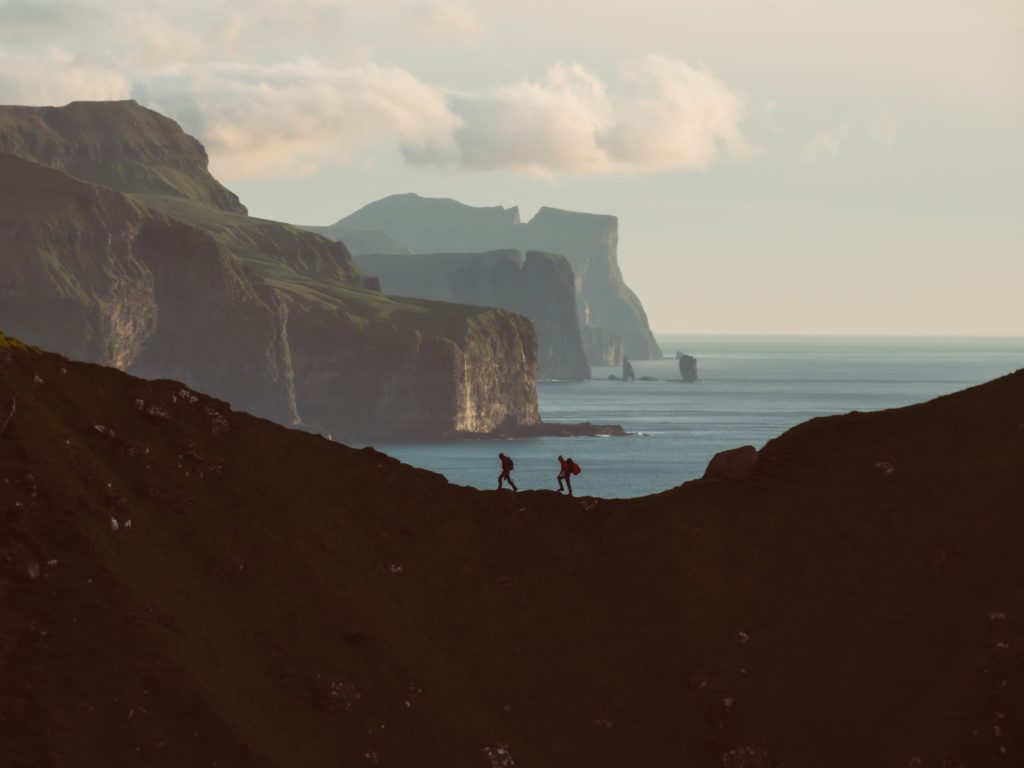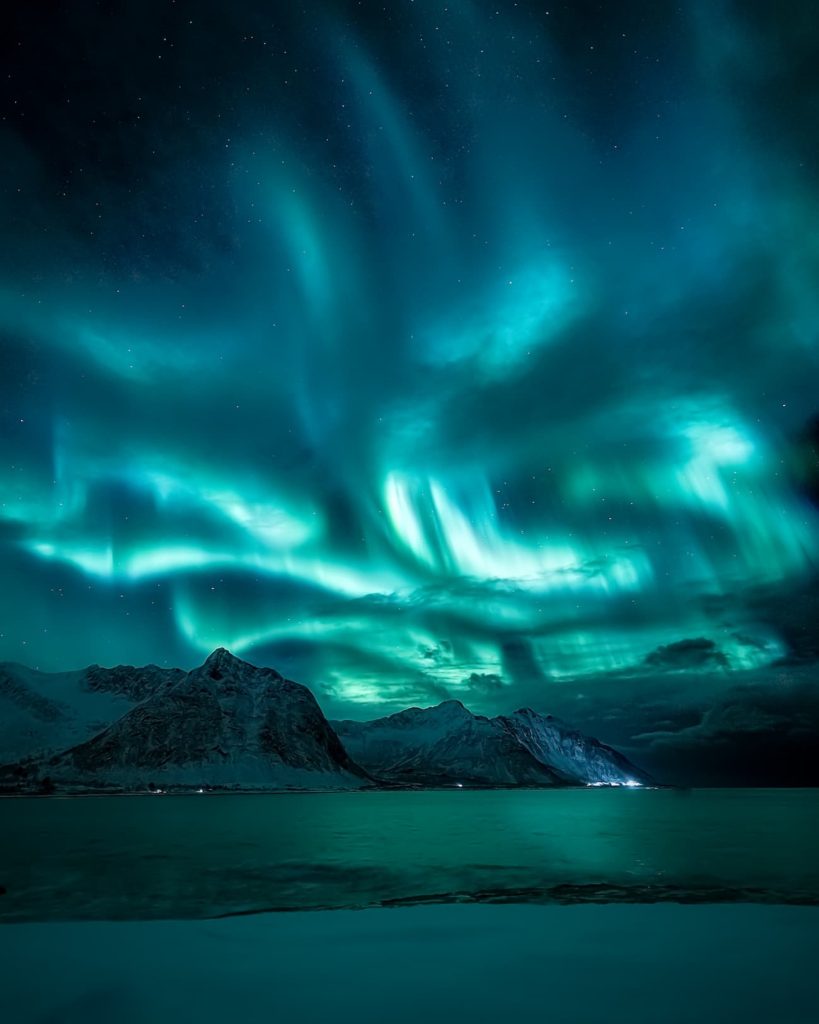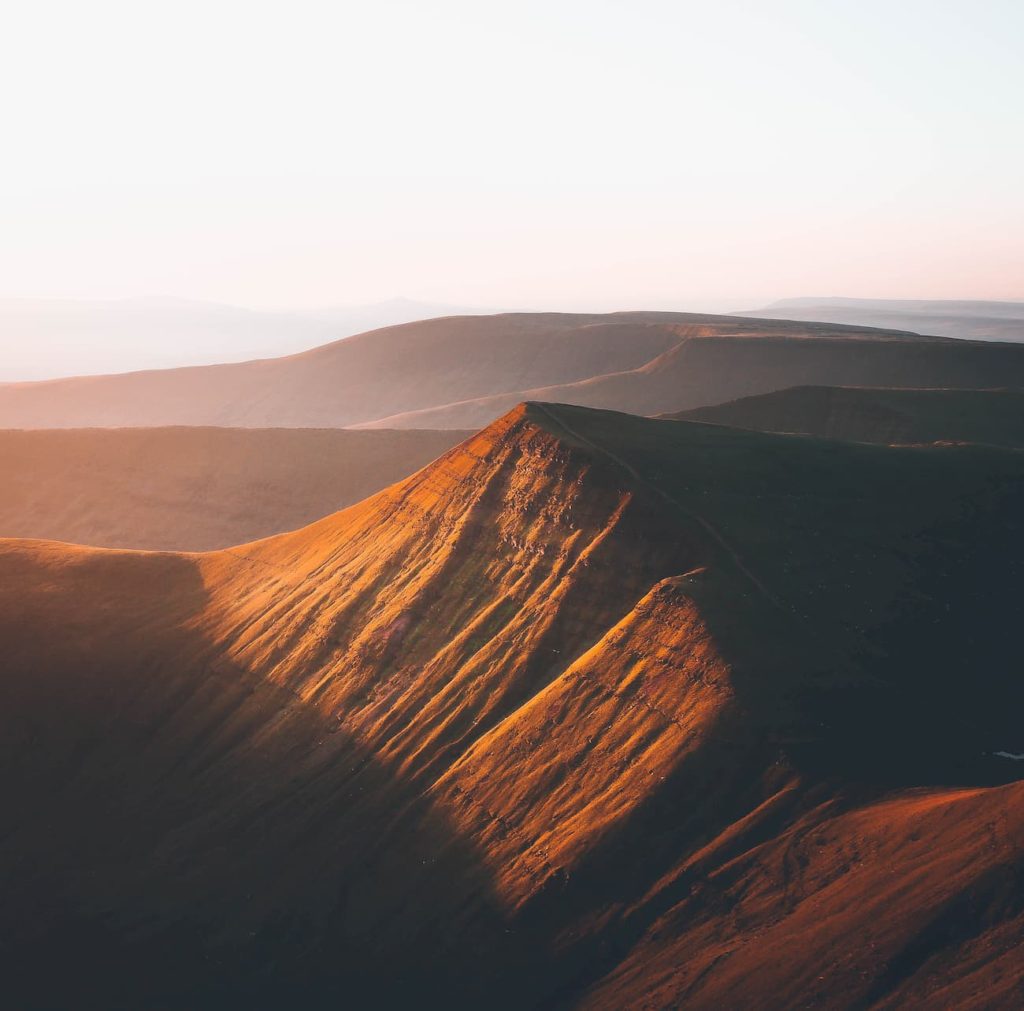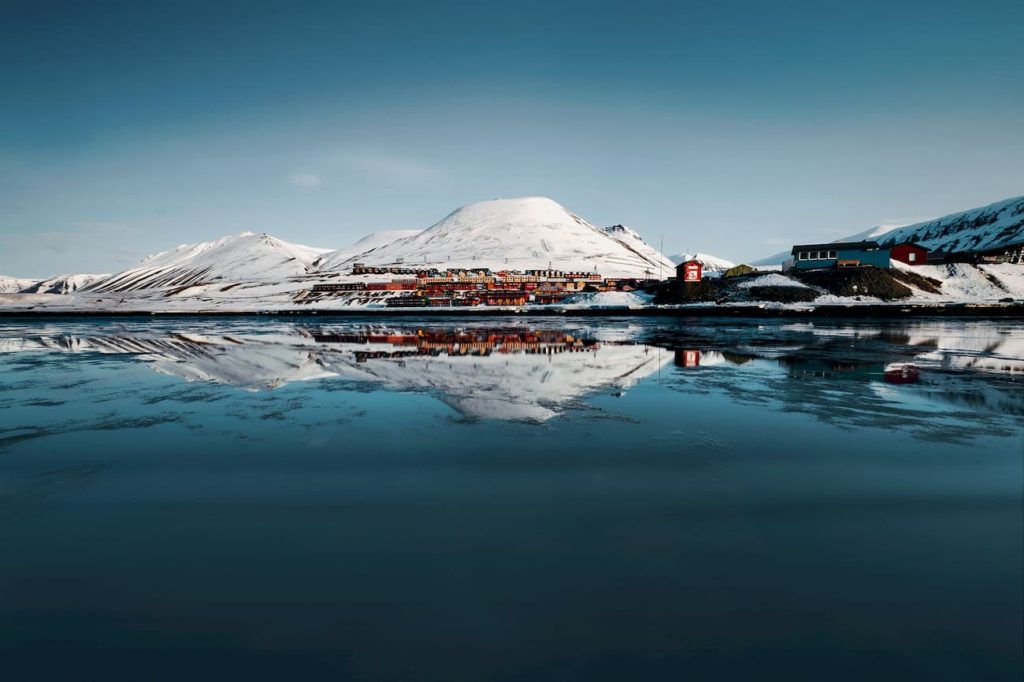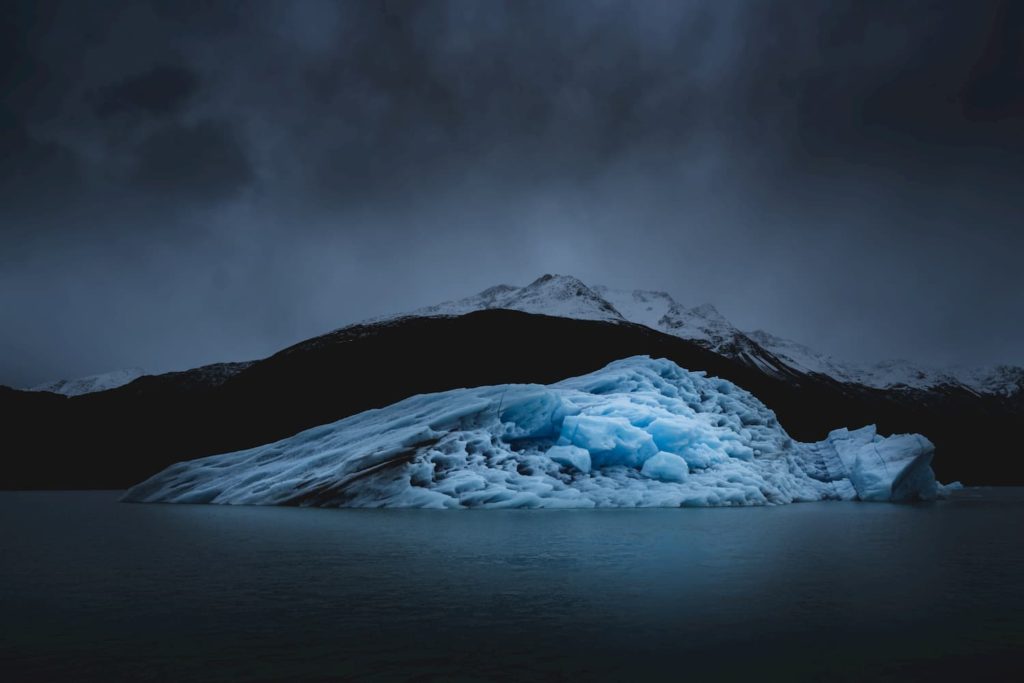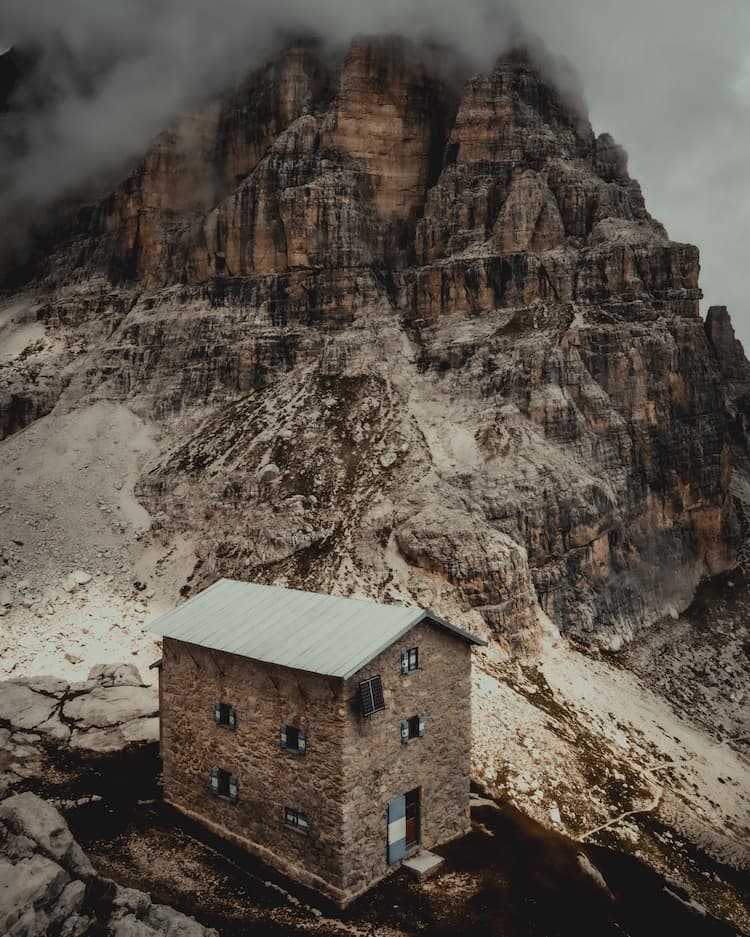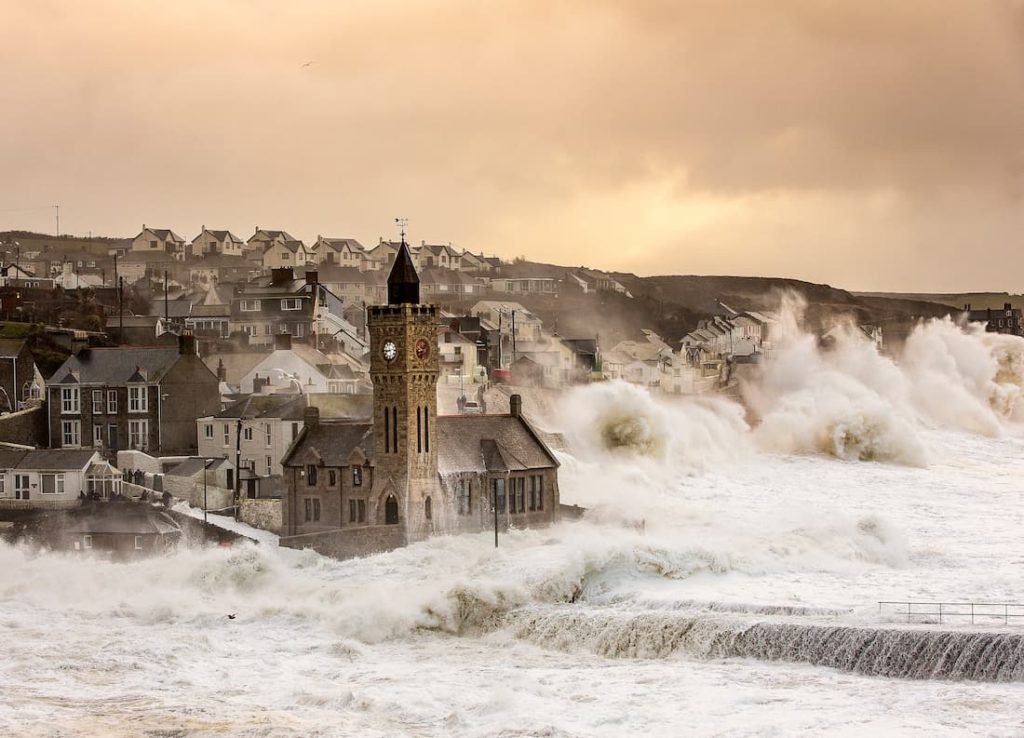
Clarisse de Thoisy
@clarissedethoisy
Photographer based in France
My parents have told me stories of back in the days, when they would take me hiking in the Pyrénées mountains. I would be way ahead of the whole group, the first one to arrive at the top of the mountain by myself at 6 or 7 years old. I’ve always had this fire in my heart as soon as I step into nature. I instantly feel like I belong, like I’m where I’m supposed to be. I become filled with an expansive energy, my senses sharpen, and I feel free, strong, and alive. When I’m not in the wild, I daydream about climbing mountains and exploring jungles. In the city, I feel trapped, not myself. It’s like a piece of my heart is missing, like I’m missing out on what I believe life should be about: sunsets and sunrises, stars and milky ways, mysterious forests, majestic mountains, and encounters with wildlife.
"As with adventure, I have always been drawn to photography. As much as I have tried to ignore my interest in this art for most of my life, it has always come back to me until I finally gave in."
I believe photography has tremendous power. Power to move people, to raise awareness on the most important crises, to shine light on the invisible. Photography is transformative and it is this power that I am trying to master to fight for the cause I care most deeply about: wildlife conservation. I believe this has been my calling since I was 10 years old.
At that age, my parents, my three younger siblings and I moved from France to New Zealand for my father’s job. It was a bit terrifying moving to the other side of the world, and heartbreaking leaving my friends and city behind. It was tough at first, not understanding anything in school, and I got teased a lot because of my accent. But these three years in New Zealand ended up being the best thing to have happened to me and the foundation for who I am today. It is there, during our many hikes and trips across the country, that I developed a burning passion for nature and wildlife. New Zealand has this unique kind of raw, wild, magical beauty that leaves an eternal imprint in your heart. It was also in New Zealand that I binge watched Animal Planet and NatGeoWild and developed a passion for wildlife conservation. I was confronted with facts and images showcasing the Planet’s suffering and the urgency of the ecological crisis. I would literally cry in front of my TV and vowed right there that when I grew up, I would stand up and make a difference. That I wouldn’t just look away like all the adults I knew. I wouldn’t get a normal job to try to fit in, live for the weekends and ignore the Earth’s cry for help. That I would dedicate my life to protecting the wildlife I already cared so deeply about.
At the age of 13, we moved again, this time to Guam (an American island in the Pacific Ocean). When I was 15 years old, we moved to Hong Kong, and at 16, we moved to Shanghai. At 18 years old, I moved back to Paris on my own for my studies, while my family moved again to Italy. At this point in my life, I was completely lost and had forgotten about my passions, interests, values, and calling. I went to a business school in the business district of Paris (la Défense). I felt alienated, lonely, and profoundly unhappy. I didn’t relate to the people in my school, didn’t share the same life experiences, vision of the world, or ideals for my life. They mostly cared about making a lot of money… I didn’t know what I wanted yet, but I knew that wasn’t it.
A few years later, I moved to Morocco for a university exchange. There, away from it all, everything randomly came back to me. I remembered my calling to help save wildlife from extinction. I remembered that what I love is to live an adventurous, intense, and passionate life in nature. I began looking for an internship in the environmental sector. At 22, I moved to Cape Town, South Africa, for a 6-month internship at Greenpop, an amazing reforestation social enterprise. I finally felt at home. I was in the most beautiful natural environment I have ever seen, with cosmopolitan people of different backgrounds, skin colors, cultures, and languages.
"We planted trees in underprivileged neighborhoods, climbed mountains and went to sunset yoga sessions on the beach. It was amazing. However, something was missing for me. I wasn’t helping animals."
The next two years were spent in New Zealand for a 6-month internship at Greenpeace, and in Australia, along the Gold Coast, after which I moved back to Paris where I was hired at a sustainability firm. I wanted to experience what it was like working to save the environment in a for-profit business. Turns out, the highly profit-oriented mentality and living in a big city didn’t do it for me. So I left that job a year later, at 26.
I began relentlessly looking for a job in wildlife conservation on the field, but it didn’t pay off as this is a highly competitive sector. However, I managed to get hired for a 3-month internship as a Ranger-Guide in the Kruger National Park, South Africa. Fulfilling my life-long dream of seeing African wildlife and working on the field, I accompanied tourists on car and boat safaris from sunrise till sunset every single day. I saw it all, I was living the adventure, I was exhausted, and I was happy. However, I learned that I didn’t want to work on a reserve for an extended period of time. Not being able to explore nature by foot (because of the wild animals everywhere) and being isolated from everything isn’t for me.
I then came home to France early 2020, and I still couldn’t find a job in wildlife conservation. I brainstormed and brainstormed, trying to find a solution, consulted career coaches… Until one day, I had a grand idea. I realized that my love for photography, inspiring others, raising awareness, and protecting wildlife, could all be combined into a career. If I couldn’t find a job in wildlife conservation, why not create my own? Why not become a photojournalist/influencer for wildlife conservation?! Why not create an Instagram page that not only raises awareness about wildlife conservation, but also showcases the beauty of nature through photography, and promotes wildlife NGOs and sanctuaries to help them raise more funds and keep on saving animals?
I began purchasing online courses and learning everything I could about photography, videography, editing and social media. I bought some gear, and planned my first trip – to Costa Rica. I had my itinerary and meetings with NGOs all planned out, and then, you know it’s coming, COVID happened.
We were on lockdown in France for a few months, but I managed to leave for Costa Rica in October 2020, a week before the second lockdown hit, where I stayed for two months. This solo trip to Costa Rica became a project that impacted me deeply. I traveled there to document wildlife conservation and shine light on the NGO’s and wildlife sanctuaries who are dedicating their lives to saving wildlife. It was probably the most nerve-wracking thing I’ve ever done. On top of being my first ever solo backpacking trip, I traveled to a part of the world I knew nothing about, during a pandemic. It was tough, because I was on the road a lot, moving places every 3 days on average, always adjusting my plans at the last minute depending on the weather, meetings, and how I felt. It was the rainy season, so I did a lot of hikes completely drenched and getting eaten alive by mosquitoes, all the while trying to take photos and keeping an eye out to make sure I was safe.
"I was on my own a lot, and it got lonely at times. But it was also so, so magical. Everywhere I went, I was surrounded with wildlife – monkeys of all sorts, raccoons, giant butterflies, reptiles, tropical birds - and the most stunning landscapes."
I had many breathtaking experiences, like watching a marine turtle land on the beach and lay its eggs under the moonlight, or spending fifteen minutes with a wild sloth crossing the road at sunrise… Most importantly, I met with wildlife conservation heroes and began my journey as a nature photojournalist. In the end, my adventure went perfectly smoothly. I even returned my tiny rental car without a scratch, which the car rental company told me was an absolute miracle.
The second project that has made a big impression on me is the one I am currently on. I bought a car in June 2021 and have been traveling around France since, to document wildlife conservation in my own country (with covid and all) and inspire a life of adventure. I have, once again, stepped out of my comfort zone in a major way. I sleep (poorly!) in my car on free parking lots, or in my tent up in the mountains or on campsites. I am on my own for weeks at a time and need to handle everything from my itinerary, to meeting NGOs and sanctuaries, to doing the groceries, finding places to sleep, going on hikes, taking photos, editing photos, updating my website, finding funds… I’m not gonna lie, it sometimes feels like A LOT.
"But I’m living my life to the fullest and I’m trying my best to make a difference, and to me that is priceless."
Making a difference is not an option anymore – but a necessity.
We are currently witnessing the sixth mass extinction of wildlife. One million species are currently faced with extinction, and it is entirely our fault. We are at a crucial pivot point where we could destroy our Planet and ourselves on one hand, or save it just in time on the other. My goal is to do whatever I can, at my level and with my skill set, to help restore balance for our planet before it’s too late. Wildlife photography and the education that is inextricably connected to it, plays a huge role there.
Within wildlife photography, respect of the animal is key. This means never touching a wild animal, keeping your distances, reading its body language, and taking adequate action. This might mean keeping silent or speaking in a soft tone to reassure the animal. It could be looking away to avoid showing aggression through direct eye contact, backing off a few meters, or lowering down your camera for a bit. It could also mean leaving the area if the animal is showing signs of aggression or high stress.
"I never want to negatively affect an animal for a photo. This can have grave consequences on the health of the individual and of the species as a whole. When animals feel stressed, they can abandon their homes or stop reproducing."
I also try to educate on the animals I photograph as much as I can in my Instagram captions. This requires a lot of research and it can get tricky sometimes; raising awareness while keeping things interesting, fun and inspiring! Especially with social media, people get bored reaaaal fast! For that reason, I strive to keep my captions positive and brief.
Off topic, but I would also like to advise anyone reading this against paying to hold or pet a wild animal for a photo. This is a highly unethical and destructive practice for wildlife as it stresses the animals and encourages animal poaching. What is called the cub petting industry involves either breeding wild animals in cages on repeat to provide cute baby animals to be pet, or killing mothers in the wild and stealing their cubs.
"In the case of lions, once the cubs grow up and become too much of a threat, they are killed, and their bones are grinded up and sold on the black market for Chinese medicine (this is called the Lion Bone Trade)."
There are some really big “animal influencers” out there who are contributing to this problem. They claim they want to raise awareness about wildlife conservation by posting photos and videos of themselves hugging a lion or bathing with a monkey, which attracts them hundreds of thousands of followers on social media. This is a highly profitable and destructive method as it influences people into wanting to pet a wild animal, or in wanting a wild animal of their own. This irresponsible behavior encourages the illegal trafficking of wildlife, also called the pet trade industry. An increasing number of people are purchasing exotic animals such as monkeys, macaws, bears or cheetahs. This results in the funding of poaching (the illegal hunting or capturing of wild animals) and of terrorism for that matter as the same criminals are often involved, and accentuates the loss of biodiversity.
I’ve got big dreams… I want to become a big influencer myself for wildlife conservation and an established photojournalist, walking in the footsteps of some of my biggest heroes – Ami Vitale, Cristina Mittermeier and her husband Paul Nicklen, Frans Lanting, Brian Skerry, and Steve Winter to name a few…
"I want to travel to the wildest, most remote parts of the world with my camera to come face to face with the wildlife that is the most at risk of extinction and to be able to tell the stories that matter."
Some places I would love to travel to for my work include Madagascar, Tahiti, Namibia, Botswana, the Galapagos Islands, Australia, and the island of the Réunion. My ultimate dream is to know that I am making a difference, that I have helped at least one animal on this Earth, and that I am inspiring action and a love for nature in the hearts of humans. On a trip to India a few years ago, I witnessed in tears the enslavement of elephants by the tourism industry. Another big dream of mine is to honor the promise I made them that day, to free them of their chains somehow…
"Regardless of all the horrors that are happening to nature, I remain hopeful about the future. Pessimism will only make matters worse, making us feel stagnant and defeated. We need to stay optimistic and innovative."
We are a highly intelligent species. If we created this mess, we can also reverse it, by joining forces with our individual skill sets and abilities. As Greenpop would say, let’s get ACTIVE, not ANXIOUS, about the future.
I hope to generate exactly that through my photography and advocacy. I try to have the viewer see what I see when I look at an animal: it’s beauty, grace, mystery, intelligence, strength, sensitivity, and the sheer miracle of its existence. For my editing inspiration, I really love the dark, vibrant look of Shaaz Jung’s and Christian Trustrup’s wildlife imagery. The images below are a good example of how I apply that inspiration to my own photographs.
"With my editing, I try to transport the viewer into a world of enchantment and infinite possibility. To have them believing in life all over again, believing there is good in the world and that it is worth fighting for."
Would you like content like this sent to your inbox?
NOMADICT
ART GALLERY
THE LATEST STORIES
WRITEN WITH PASSION TO INSPIRE YOU
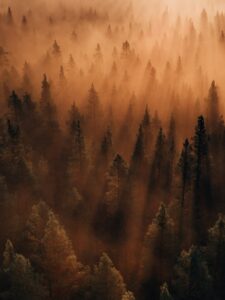
Philipp Pilz (@buchstabenhausen): Best of the Week 43 at #nomadict
In this article, photographer Philipp shares how time, clarity, and consistency have shaped his evolving relationship with nature photography. Drawn ever further north, he writes about embracing uncertainty, working with restraint, and finding beauty even when plans fall apart — including the unlikely story behind his Best of the Week–winning image.
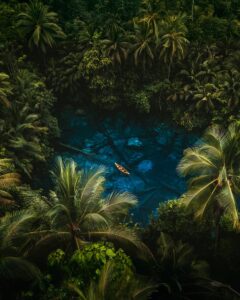
Tom Fähndrich (@tofenpics): Best of the Week 47 at #nomadict
Tom shares the journey behind his winning photography, from a passion for exploration and remote places to field lessons, composition choices, and color grading.
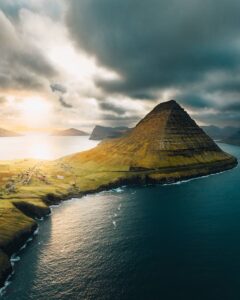
Photo tour in the Faroe Islands
Join us in the Faroe Islands for a unique photo tour, where you’ll elevate your creative skills with expert guidance from Ronald Soethje and Nomadict.
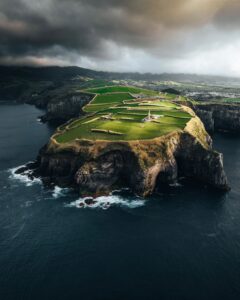
Photo tour in Azores, Portugal
Join us in the Azores for a unique photo tour, where you’ll elevate your creative skills with expert guidance from Ronald Soethje, Bruno Ázera, and Nomadict.
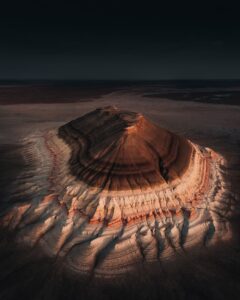
Forest Kai (@forest1kai): Photographer based in the US
In this article, Forest shares how years of chasing scale, silence, and raw landscapes shaped his approach to photography, from the deserts of Kazakhstan to the volcanic ridges of Iceland. He talks about how he uses light, texture, and vast negative space to create images that feel both intimate and overwhelming.
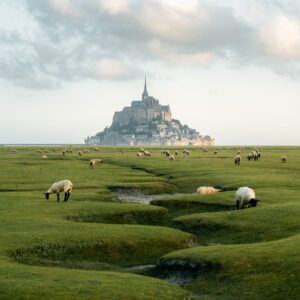
Simon Hechtbauer (@roamwithsimon): Best of the Week 32 at #nomadict
Simon shares the journey behind his photography, from early inspirations to field techniques, editing, and the story of the winning shot that shaped his path.
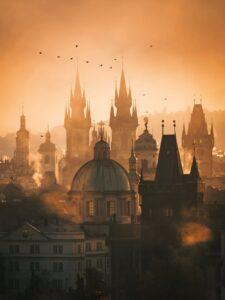
Miroslav Maršík (@miromarsik): Photographer based in Czech Republic
In this article, Miro shares how his love for cinematic music evolved into a deep passion for photography and how he uses light, color, and atmosphere to turn the streets of Prague into living film scenes.
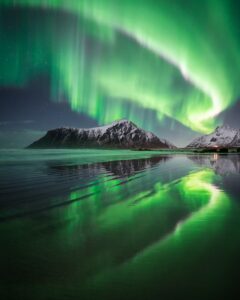
Aurora photography panorama workflow: A guide to camera settings, editing, and color
In this article, Stefanie reveals how her background in physics sparked her passion for astrophotography and how she blends science with creativity to capture the beauty of the night sky. Readers will discover her approach to color, contrast, and editing, as well as her aurora photography workflow.
